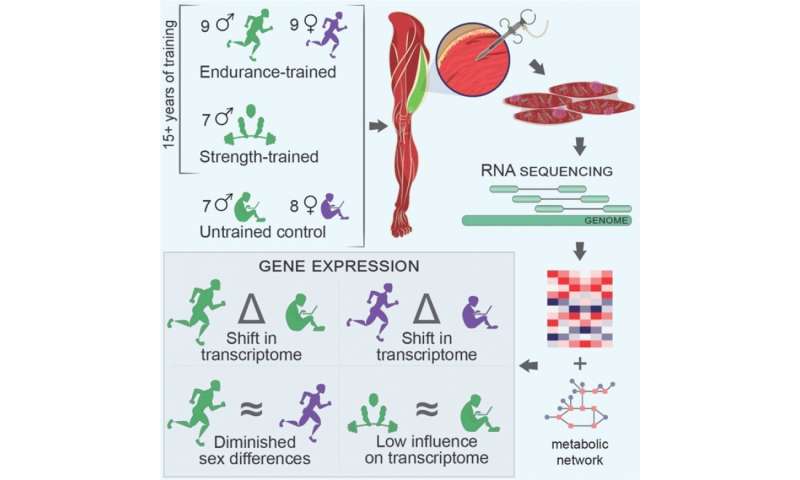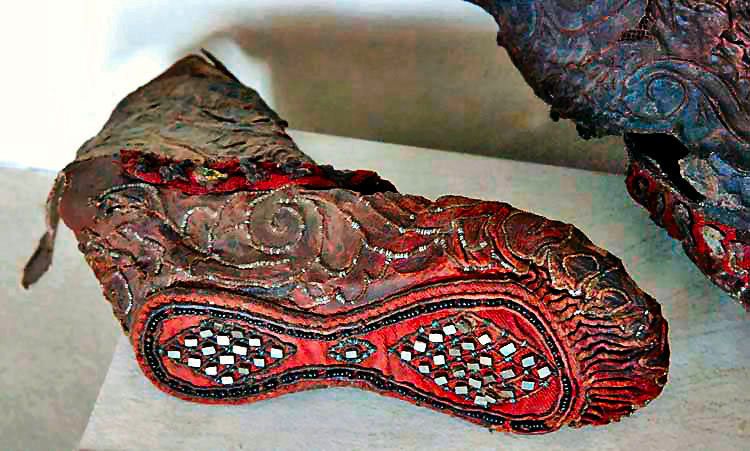7 myths about the Vikings that are (almost) totally false
Misconceptions abound about Vikings. They are often depicted as bloodthirsty, unwashed warriors with winged helmets. But that's a poor picture based largely on Viking portrayals in the 19th century, when they featured in European art either as romantic heroes or exotic savages. The real Vikings, however, were not just the stuff of legend — and they didn't have wings or horns on their helmets.This article sparked an online discussion about the myth that all Viking warriors were male. A friend posted:
A myth they didn't cover is the one that says all the Viking warriors were male. Archaeology is finally recognizing that finding weapons and even a horse skeleton in a grave cannot ensure that the buried person was a man. (It was a myth nurtured by XY archaeologists, convinced they knew it all.)
By sheer coincidence, I saw the article below and mentioned it to my friend. I imagined her grinning as she responded:
Yes - Birka shook everything up in the field, and is making them reevaluate conclusions about a number of earlier excavations.
Weapon-filled burials are shaking up what we know about women's role in Viking society
In Birka, Sweden, there is a roughly 1,000-year-old Viking burial teeming with lethal weapons — a sword, an ax-head, spears, knives, shields and a quiver of arrows — as well as riding equipment and the skeletons of two warhorses. Nearly 150 years ago, when the grave was unearthed, archaeologists assumed they were looking at the burial of a male warrior. But a 2017 DNA analysis of the burial's skeletal remains revealed the individual was female.
Across Scandinavia, at least a few dozen women from the Viking Age (A.D. 793 to 1066) were buried with war-grade weapons. Collectively, these burials paint a picture that clashes violently with the hypermasculine image of the bearded, burly Viking warrior that has dominated the popular imagination for centuries. And it's possible that, due to gendered assumptions, archaeologists may be systematically undercounting the number of Viking women buried with weapons.
Archaeologists often guessed the deceased's sex based on grave goods, such as mirrors, weaving tools and brooches, which archaeologists assumed were typically buried with females, and battle-related weapons, which archaeologists thought were typically buried with males. If a Viking Age sword was the only item recovered, for example, it was nearly always assumed to be a male grave.








